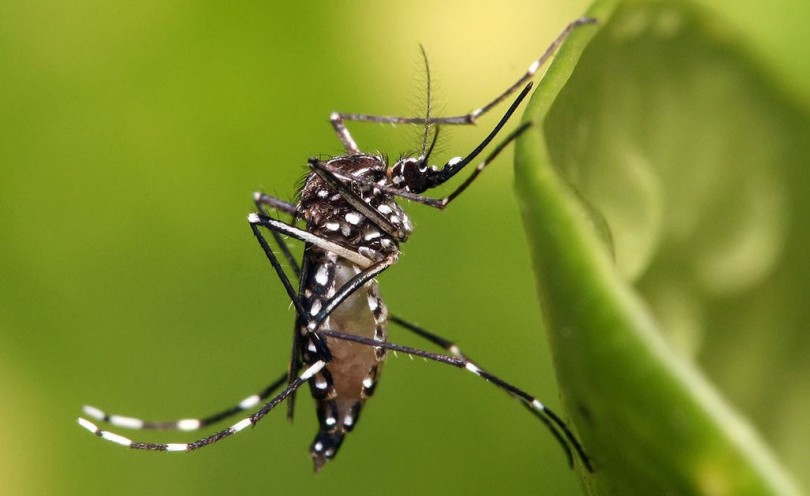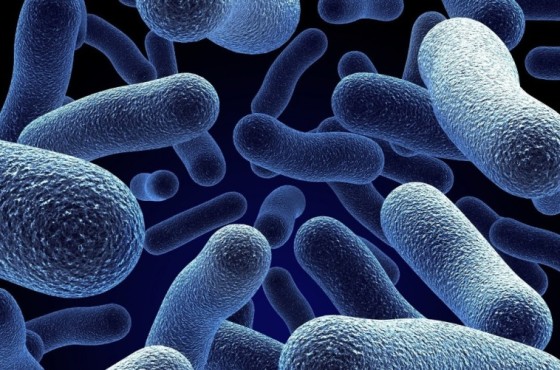Yellow Fever in Kenya
Recently, two Kenyans returning from Angola came down with Yellow Fever, with one succumbing and dying from the disease. These news sparked public apprehension on a potential threat of an outbreak of the disease, with the government assuring Kenyans that no such threat was imminent and that border points would intensify the screening of visitors into the country.
What is the situation of Yellow Fever in Kenya? Is the country under threat of Yellow Fever incursion? How is the disease contracted and how should persons protect themselves from the disease?
Yellow Fever is not a strange disease in Kenya, the country having faced epidemic of the disease in the past. The country is not considered free of the disease but has a risk of transmission of the disease. Indeed, regions of the country have various risk profiles with respect to the disease, owing to the potential presence of the virus in humans, in non-human primates and in the vector which is the Aedes mosquito. Generally the western half of the country is considered an endemic area, while the rest of the country has low potential of exposure to the virus. Yellow Fever risk is the chance of the occurrence of the disease in an area and the magnitude of the consequence of such an occurrence.
The disease is caused by the yellow fever virus which infects human and non-human primates and is transmitted through the bite of an infected mosquito, usually Aedes species. In non-human primates, the disease does not exhibit symptoms though the virus would multiply in such animals. In humans, the disease manifests in an acute disease in largely two phases. The first phase is a short-illness with malaria-like signs of fever, headache, vomiting, back-ache and chills. Many cases would recover from this phase. The second phase occurs more like a relapse of the first phase after 4 days; the patients develop liver damage that manifests with jaundice, or yellowness, and some may also come down with nose and mouth bleeding or vomiting of blood. The death rate in the second phase is about 50%.
Many patients contract asymptomatic and mild illness and recover from the disease without complications. The disease has no cure but may be managed with symptomatic treatment. Patients should be protected from mosquito-bites in order to break the transmission cycle of the disease.
Yellow Fever is prevented and controlled using a 4-prong strategy: vaccination of susceptible persons in high-risk areas and susceptible visitors, mosquito control, epidemic preparedness and public empowerment through awareness and recognition campaigns. The programmes for the control of mosquitoes would not only protect humans from malaria but would also control Yellow Fever. People should routinely protect themselves from mosquito bites by sleeping under mosquito-nets or by using mosquito repellants. Persons visiting or living in areas considered endemic and which also harbour non-human primates such as monkeys and baboons should pay particular interest to their exposure to the virus and should benefit with vaccination. People should report suspected Yellow Fever cases to the health authorities which should also routinely carry out other surveillance activities to detect and quantify the problem and review the control strategies accordingly.




